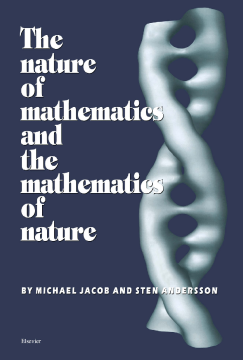
Additional Information
Book Details
Abstract
Chemistry, physics and biology are by their nature genuinely difficult. Mathematics, however, is man-made, and therefore not as complicated. Two ideas form the basis for this book: 1) to use ordinary mathematics to describe the simplicity in the structure of mathematics and 2) to develop new branches of mathematics to describe natural sciences.
Mathematics can be described as the addition, subtraction or multiplication of planes. Using the exponential scale the authors show that the addition of planes gives the polyhedra, or any solid. The substraction of planes gives saddles. The multiplication of planes gives the general saddle equations and the multispirals. The equation of symmetry is derived, which contains the exponential scale with its functions for solids, the complex exponentials with the nodal surfaces, and the GD (Gauss Distribution) mathematics with finite periodicity.
Piece by piece, the authors have found mathematical functions for the geometrical descriptions of chemical structures and the structure building operations. Using the mathematics for dilatation; twins, trillings, fourlings and sixlings are made, and using GD mathematics these are made periodic. This description of a structure is the nature of mathematics itself. Crystal structures and 3D mathematics are synonyms. Mathematics are used to describe rod packings, Olympic rings and defects in solids. Giant molecules such as cubosomes, the DNA double helix, and certain building blocks in protein structures are also described mathematically.
Prof. Hoffmann, Ithaca, NY, USA
Jacob and Andersson create here a style book of the natural world - a marvelously detailed working out of the shapes and symmetries hidden in nature's equations.
